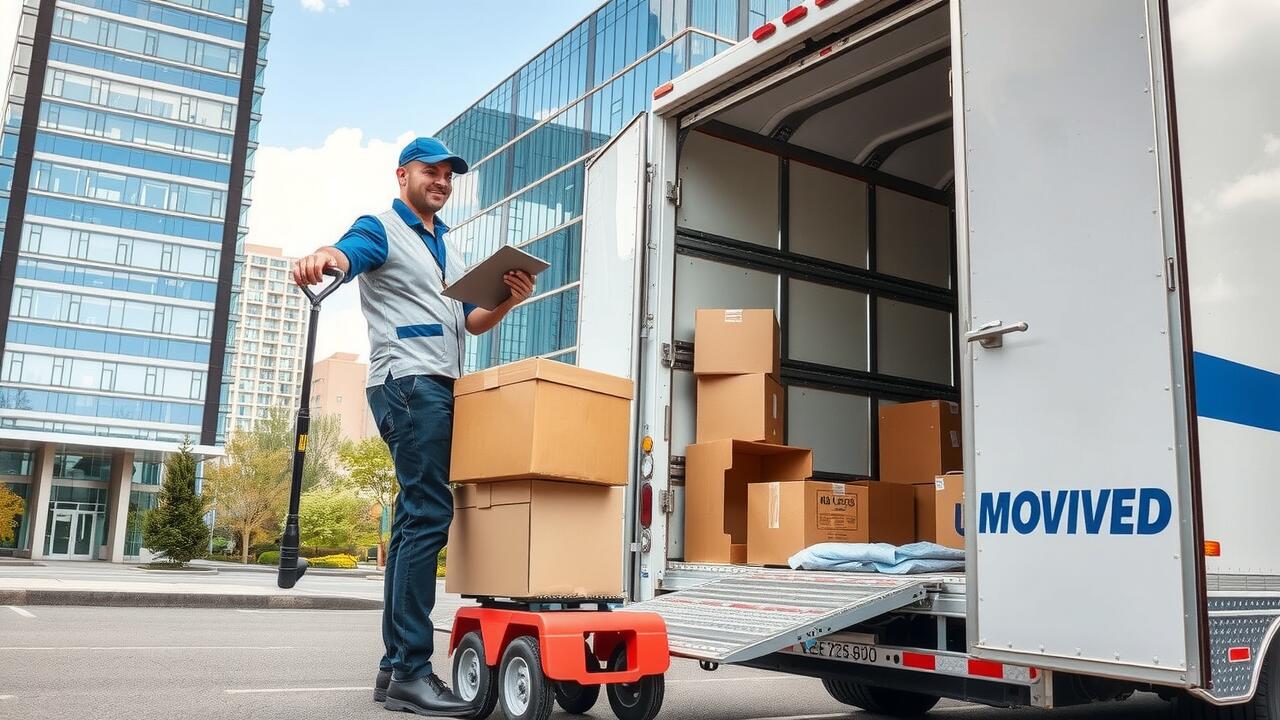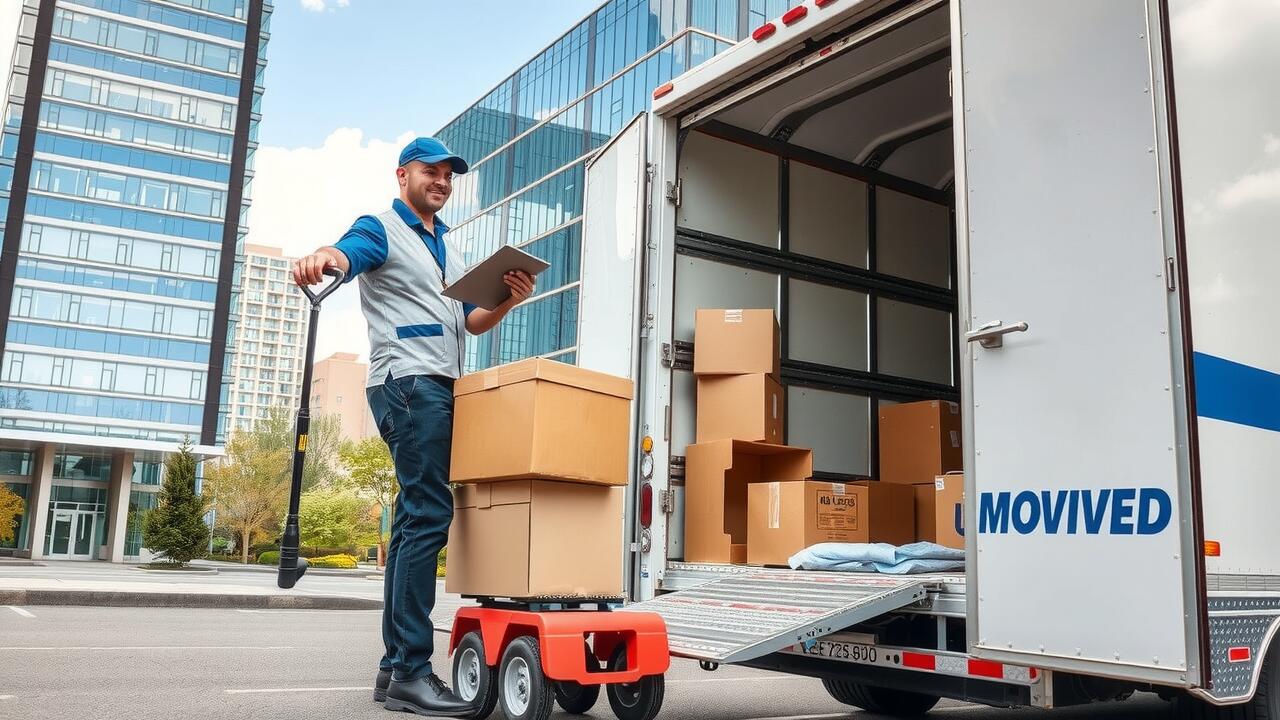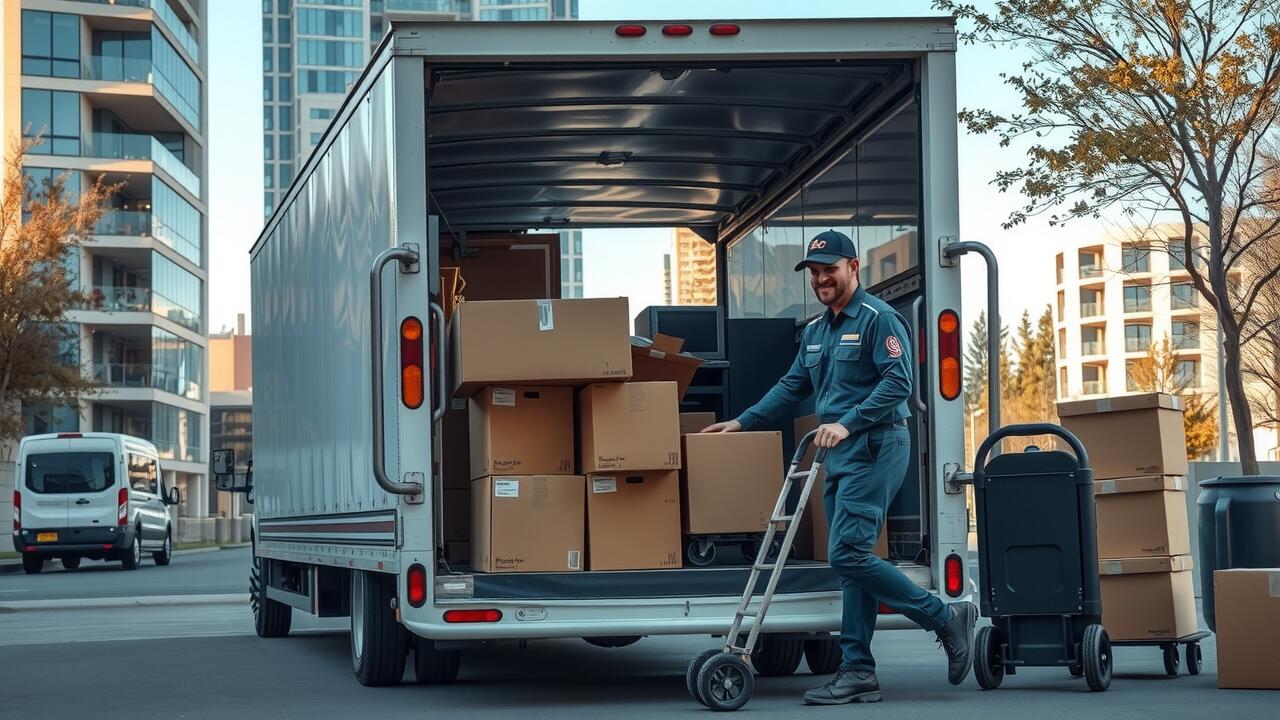
Table Of Contents
Implementing a Packing Strategy
Implementing a robust packing strategy is essential for a smooth commercial move. Begin by assessing the items that need to be packed, prioritizing essential equipment and materials for efficient organization. Make use of quality packing supplies such as sturdy boxes, bubble wrap, and packing tape to ensure the safe transport of fragile items. Consider enlisting the help of professionals familiar with commercial moves, as they can offer valuable insights and assistance throughout the packing process.
Labeling is a critical component of the packing strategy. Clearly mark each box with its contents and the designated new location within the office. This practice will aid in quick unpacking and help staff easily find what they need when settling into the new environment. For businesses embarking on a transition in the area, working with a trusted service like Sumner, Bethesda Commercial Moving can streamline the packing and organization efforts, ensuring that everything remains organized and accounted for during the transition.
Labeling and Inventorying Office Items
Effective labeling and inventorying of office items is crucial for a successful commercial move. Each box or container should be clearly labeled with its contents and the destination within the new office space. This practice not only streamlines the unpacking process but also helps in ensuring that nothing gets lost in transit. Utilizing color-coded labels can further enhance organization, allowing team members to quickly identify where items should go in the new location.
Creating a comprehensive inventory list enhances the moving process and minimizes the risk of misplacing important office supplies. This list should include details like item descriptions and quantities, enabling a straightforward verification before and after the move. For businesses in the area, companies such as Sumner, Bethesda Commercial Moving offer services that can assist in this labeling and inventorying process, providing expertise to ensure items arrive safely and remain accounted for throughout the relocation.
Managing IT and Technology Relocation
When managing IT and technology relocation, it is essential to assess and inventory all equipment in advance. This includes computers, servers, and networking devices. Documenting the condition and specifications of each item can prevent potential issues during the move. Proper packing materials should be acquired to ensure everything is secure. Engaging with professionals familiar with data migration and technology support can streamline the process.
During the relocation, prioritizing the setup of networks and systems in the new location is crucial. This allows for minimal downtime for employees. Ensuring that all connections, including internet and phone lines, are operational before the official move can enhance the transition experience. Partnering with a specialized team, like Sumner, Bethesda Commercial Moving, can provide the technical expertise needed for a smooth operation.
Ensuring Smooth Transition of Systems
When relocating an office, ensuring the smooth transition of IT systems is vital to minimize downtime and maintain productivity. This involves careful planning and coordination. Before the move, conducting an audit of all technology assets helps to identify what needs to be relocated. Updating network configurations in advance will facilitate a seamless connection in the new space. Having a dedicated IT team on-site during the move can aid in troubleshooting and resolving any unexpected issues swiftly.
During the move, use carefully labeled boxes to protect sensitive equipment and ensure everything is accounted for. Properly disconnecting and packaging devices, such as servers and computers, will prevent damage during transit. After arriving at the new location, immediate setup and testing of systems are crucial. Engaging Sumner, Bethesda Commercial Moving services can provide specialist support to guarantee that all technology is correctly installed and operational, allowing the business to resume activities without delay.
Executing the Move Day Logistics
On the day of the move, ensuring that all logistics are in place is crucial for a successful transition. Teams should arrive early to set up any necessary equipment and check all transportation vehicles. Clear communication among staff and moving personnel will help streamline the process. Each team member should be aware of their specific tasks to prevent delays during loading and unloading.
When managing the loading and unloading process, a well-organized layout will facilitate efficiency. Using a predefined schedule will help keep the day on track. Proper labeling of boxes and items will speed up unloading and ensure that everything arrives at its designated location. Businesses in need of professional assistance should consider Sumner, Bethesda Commercial Moving for expertise in handling complex logistics and reducing the potential for disruptions.
Overseeing the Loading and Unloading Process
During the move day, overseeing the loading and unloading process is crucial to ensure efficiency and organization. Each item should be carefully placed onto the moving trucks, following the predetermined packing strategy. Workers should be assigned specific responsibilities, whether that involves heavier furniture or more delicate equipment. This division of labor can help prevent any accidents or loss of inventory during this busy time.
Once the moving trucks arrive at the new location, the focus shifts to unloading. Proper planning should dictate where each item goes in the new space to streamline setup. Communication among team members is vital to avoid confusion and maximize productivity. This step is particularly important in commercial moving scenarios, such as when engaging with Sumner, Bethesda Commercial Moving, known for their meticulous attention to detail throughout this process.
FAQS
What is the first step in the commercial moving process in Bethesda?
The first step is implementing a packing strategy, which includes planning how to pack and organize office items efficiently.
How should I label and inventory office items during a move?
Label each box with its contents and the designated room at the new location. Keeping an inventory list helps ensure that all items are accounted for during the move.
What should I consider when managing IT and technology relocation?
Ensure that all IT equipment is securely packed and that there is a plan in place for setting up systems at the new location. It's important to coordinate with your IT department or service provider.
How can I ensure a smooth transition of systems during the move?
Schedule the moving day during off-peak hours, back up all important data, and create a detailed plan for reestablishing technology systems at the new site.
What should I expect on move day logistics?
Move day logistics involve overseeing the loading and unloading process, ensuring that all items are handled with care, and coordinating the timing of the move to minimize disruption to your business operations.

